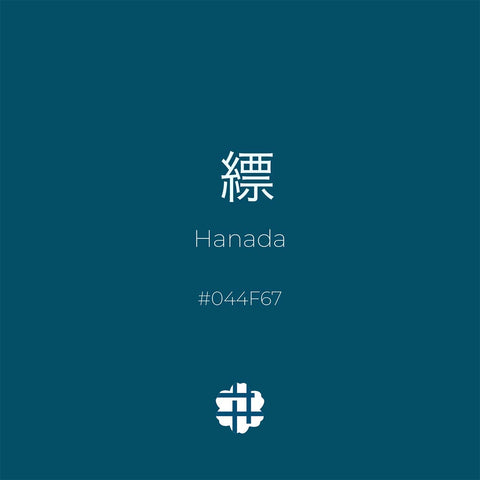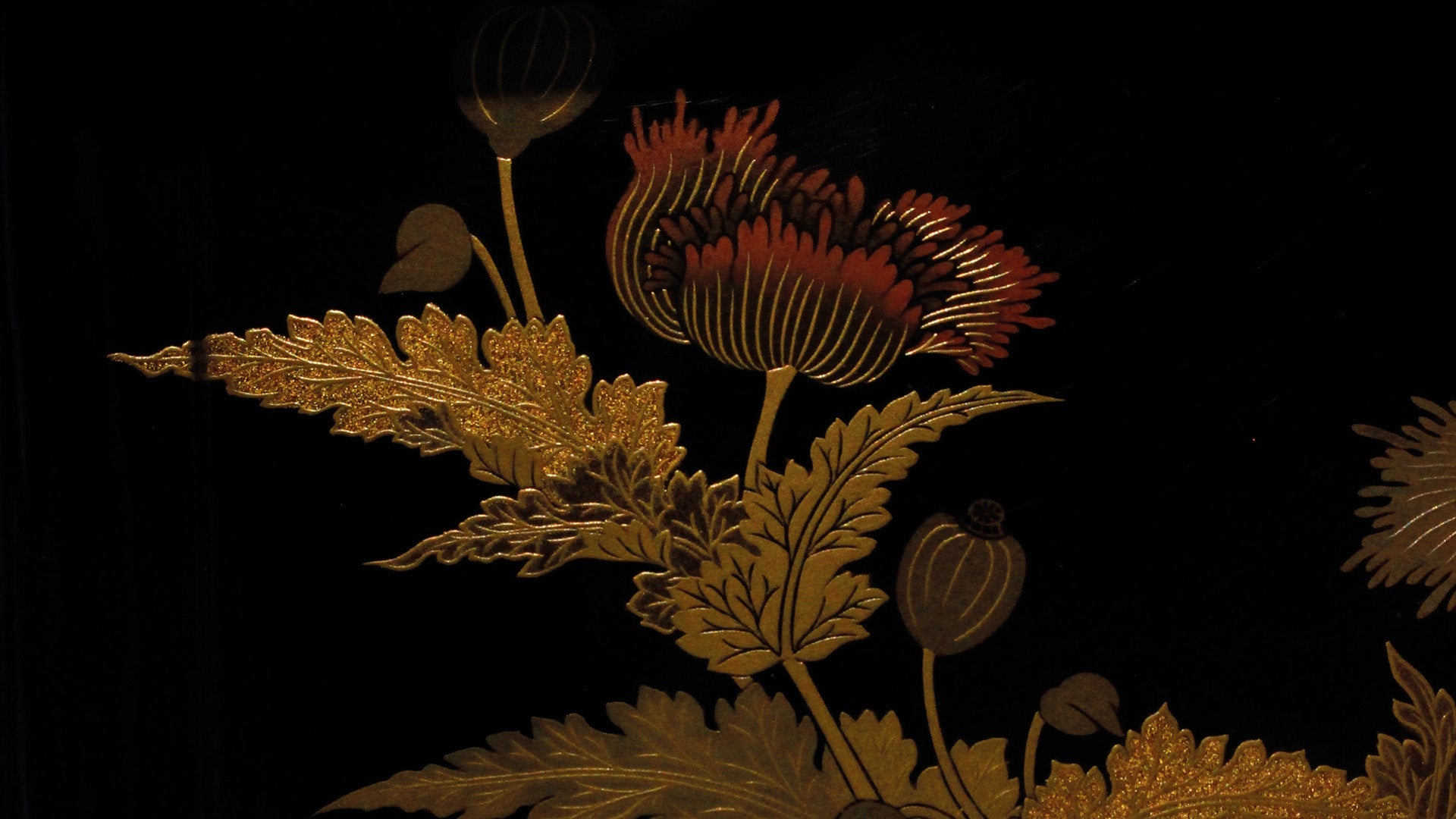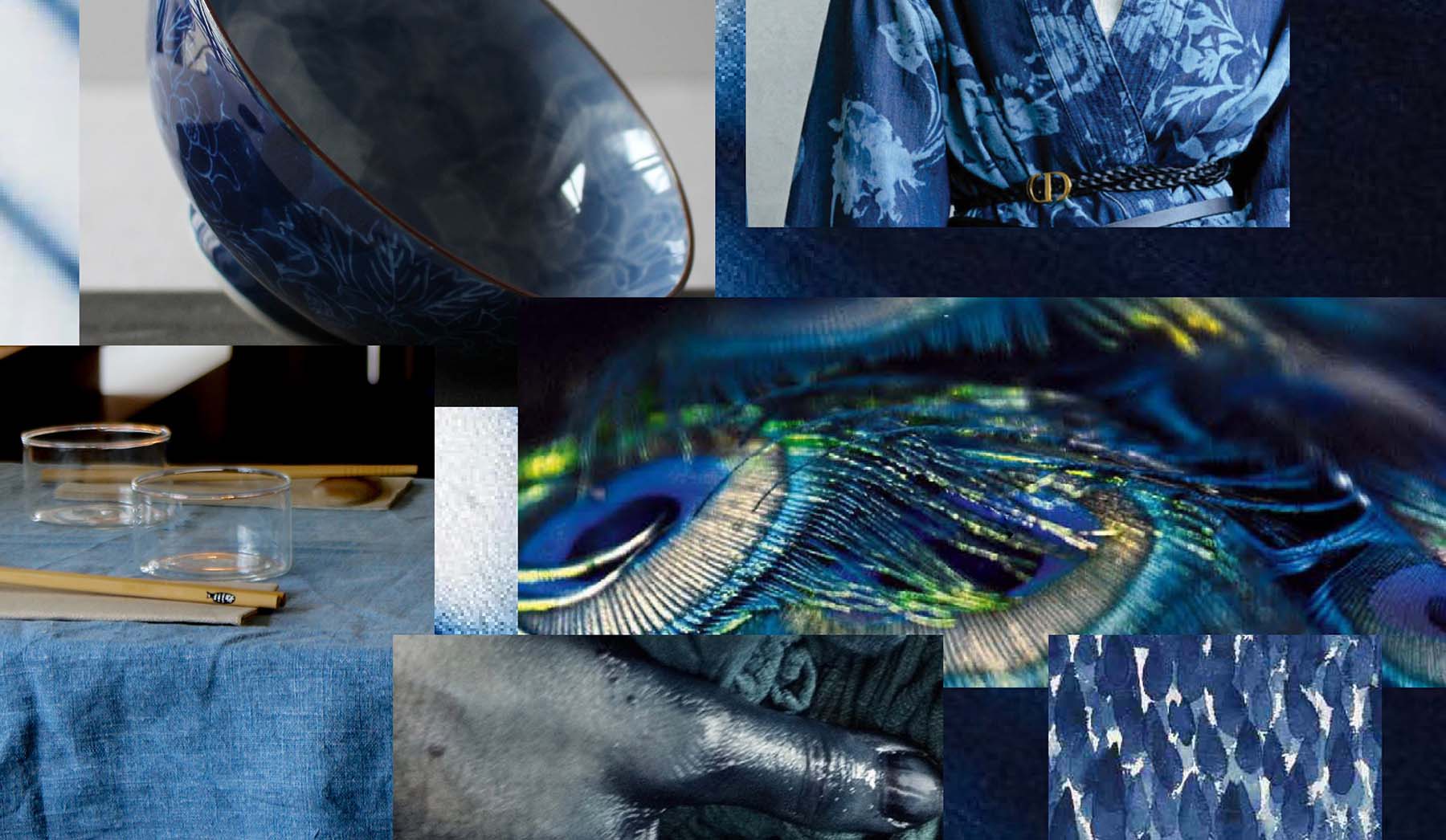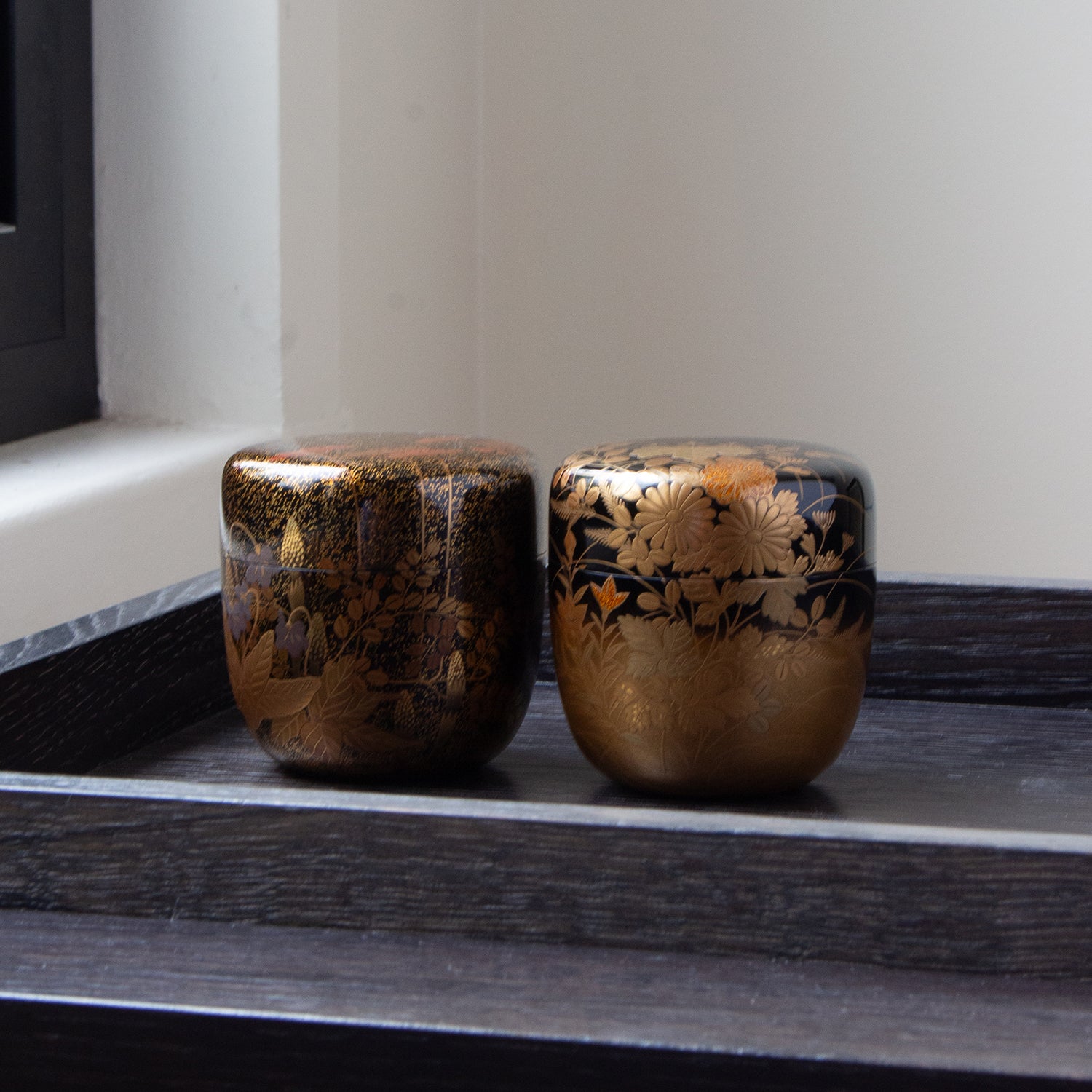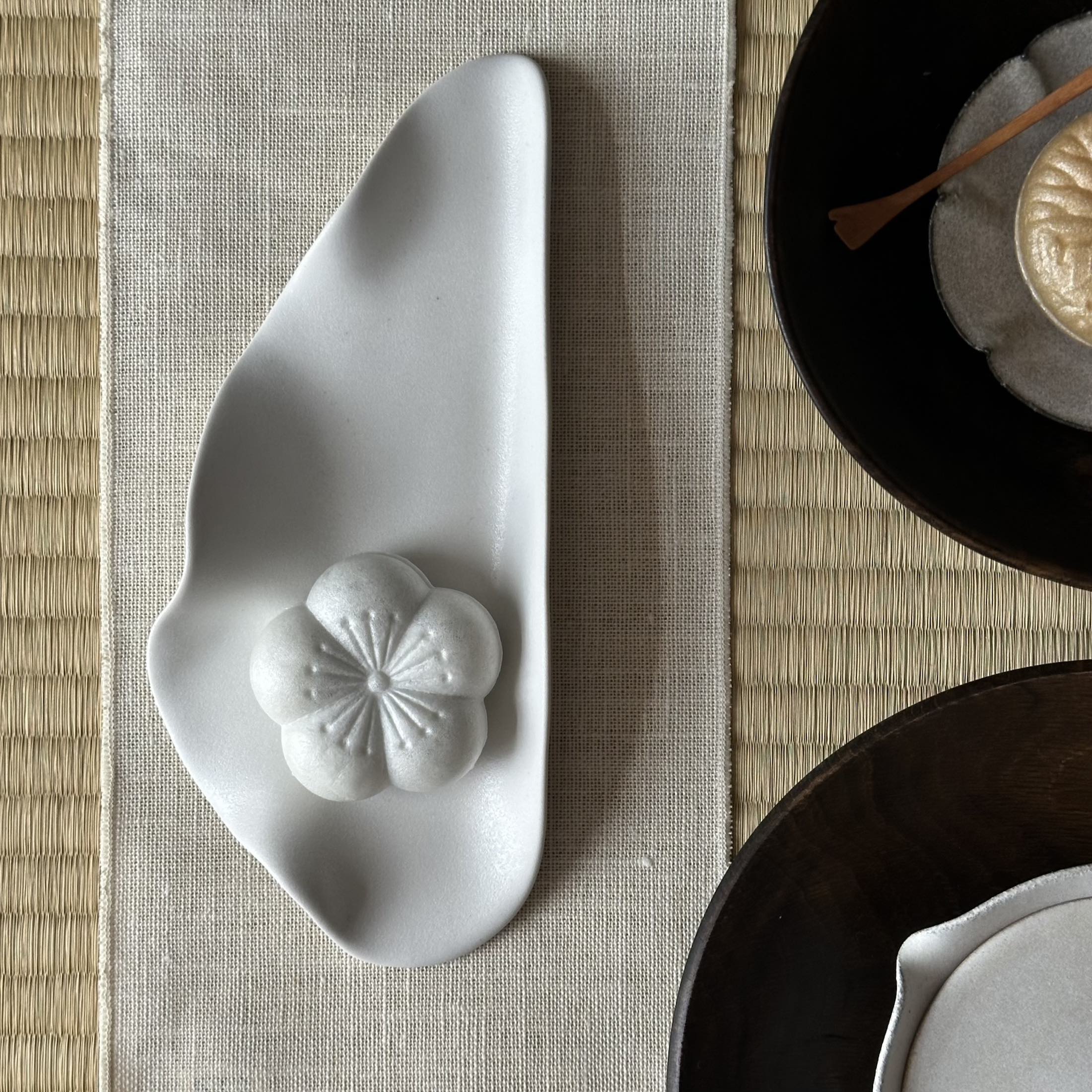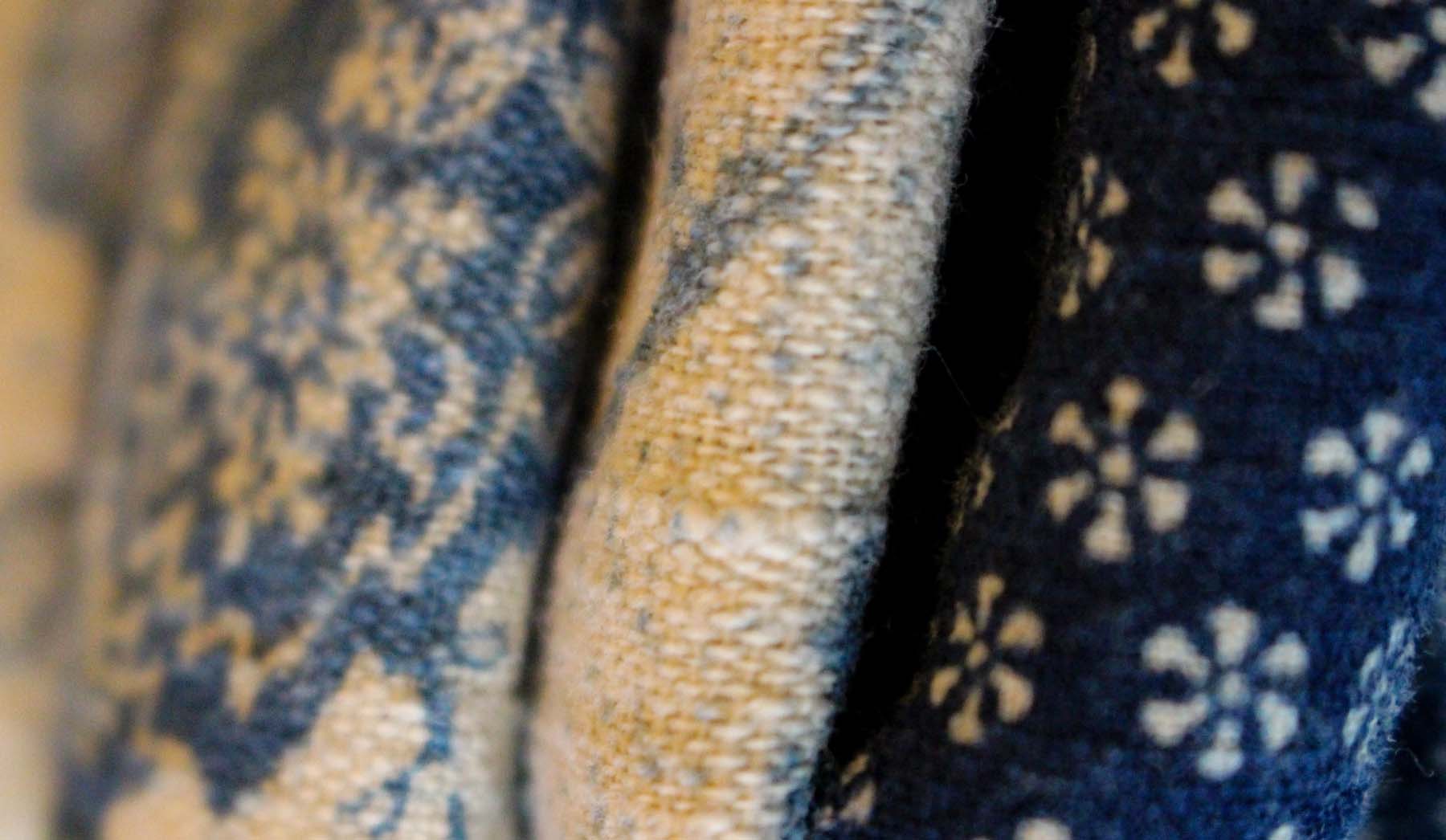
“48 teas and 100 mice", Japan and colours
When we think of the colours of Japan, generally muted colours come to mind, an infinite variation of greys, blues, greens, browns and pale pinks, which are discreet and elegant, as if to express a certain restraint.
As in other cultural and artistic domains, the successive Japanese Imperial Courts codified colours, their uses, prohibitions (colours reserved exclusively for dignitaries) and authorisations (colours authorised for the people) according to the status of individuals in society. A fascinating approach that sheds light on the aesthetics of Japan that we know today and that never ceases to delight.
The essence of Japanese colour
Japan has developed a deep culture of natural dyeing, using nature's resources to produce blue (with indigo - ai), red (with safflower - benibana), purple (with lithosperm - murasaki) and yellow (with miscanthus - kariyasu). These skills made it possible to create an infinite palette of tones that responded to the precepts of wabi sabi, the idea of refinement in simplicity and the beauty of things on which the patina of age marks its passage.
The Imperial Court of Heian defined the frameworks within which everything had a meaning and had to be chosen accordingly, the codification of gesture, attitude, words, environment and ceremonial, which naturally included a very advanced relationship to colour. In particular, the importance given to the passage of the seasons and the transformations of nature, the greatest source of inspiration for expressing emotions through colours.
From this period and until the Edo one, about 1000 traditional colours were created, listed, identified, an incredibly rich palette, since it was all about expressing the infinite nuance of a change that took place in nature or the very particular hue of an insect or an animal. Therefore, these traditional colours had names referring to what they described: Kakishibu-iro for the colour of the persimmon juice (the fruit), Aokuchiba for the colour of fallen leaves, when these are rather pale, Koke-iro for the colour of moss, Matsuba-iro for that of pine needles, and so on, not forgetting of course Sakura-iro, the colour of cherry blossoms, and those of scarlet plum blossoms, Kōbai-iro.
This catalogue of colours is extremely poetic and we can understand why in the Tale of Genji (a masterpiece of Japanese literature, written in the eleventh century by a lady from the Court, Murasaki Shikibu) everything to do with colour is so important, each choice made, whether it be that of a garment or an object, communicating a codified and intended message, but never ostentatious, even if the sublime red of a lining could be glimpsed in the graceful movements of the kimono.
When we know that ladies of the court wore kimonos superimposed on each others (up to 12 for the higher ranked) and that each kimono had to harmonise with the others thanks to a subtle play of sleeves of varying lengths, we understand the extreme attention and complexity brought to the play of colours.
When constraints develop creativity
The strict rules of the Court forbade lower social classes from using many colours (especially for kimonos, whose materials were also limited to cotton and linen), leaving, in principle, few options for the population. But this was without counting on creativity and the quest for harmony, which led to the development of an incredible palette around the permitted colours: grey, brown and indigo (blue).
In the long list of traditional colours, it is noticeable that many of them have in their name the reference to tea (cha) or mice (nezu). It is said that there are 48 cha colours and 100 nezu colours, all of which are variations on brown (the different shades of brewed tea leaves) and grey (the many variations of mice’s fur)!
From this grey-blue-brown palette of muted, slightly smoky and soft colours, a strong and recognisable visual identity has been created, to which we can add the dark, the shadow, which through its subtle play on light lets the simple beauty of things stand out.
To illustrate this article and as the choice of traditional Japanese colours is immense, we have chosen to select a few colours from the blue palette.







